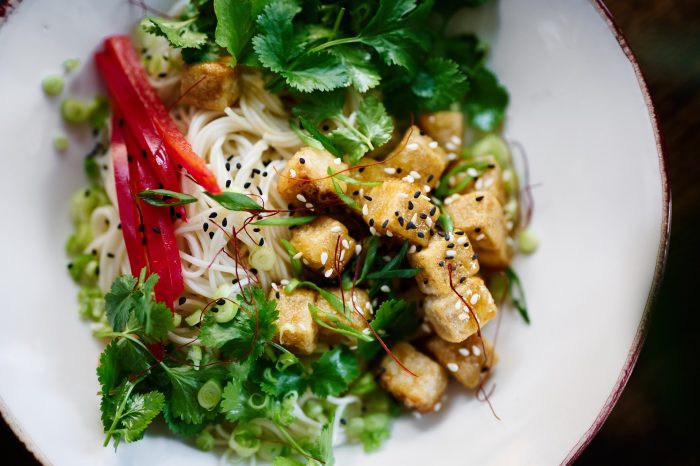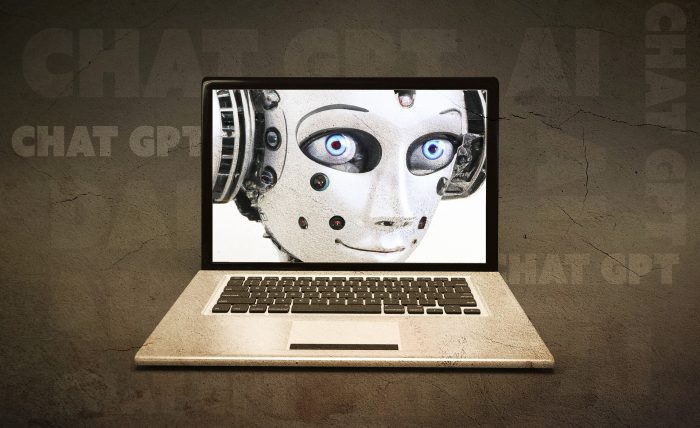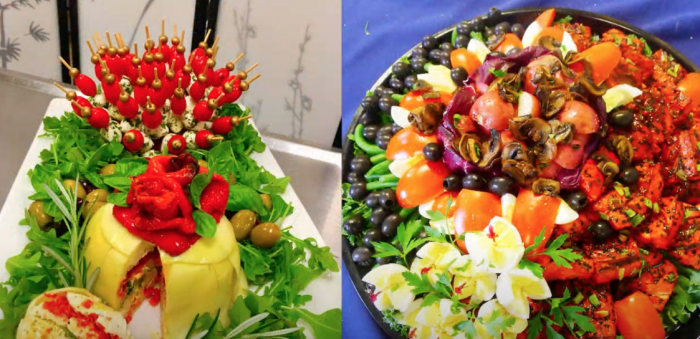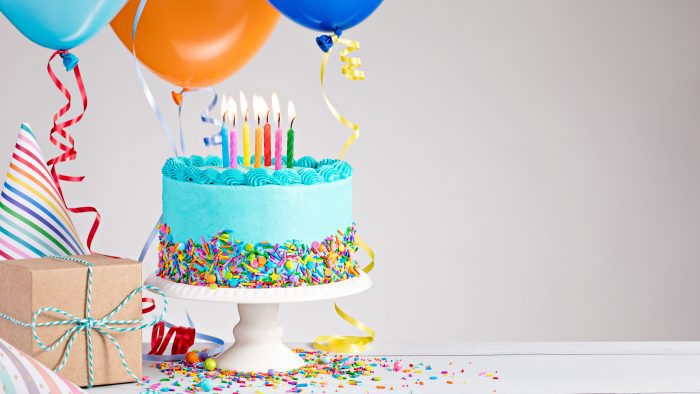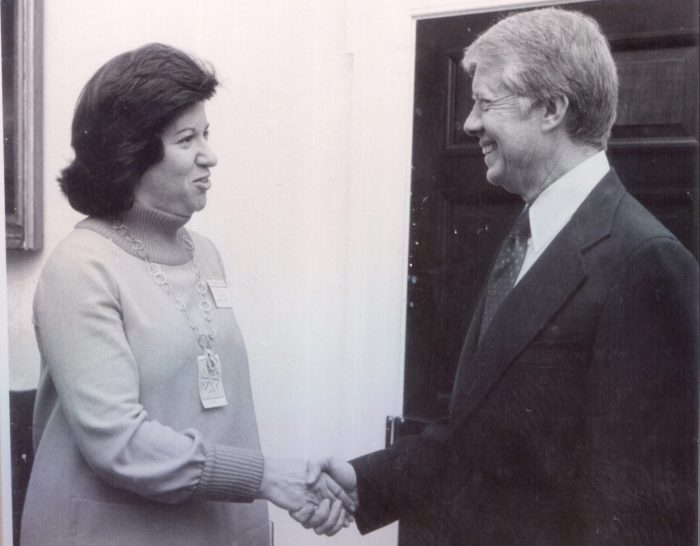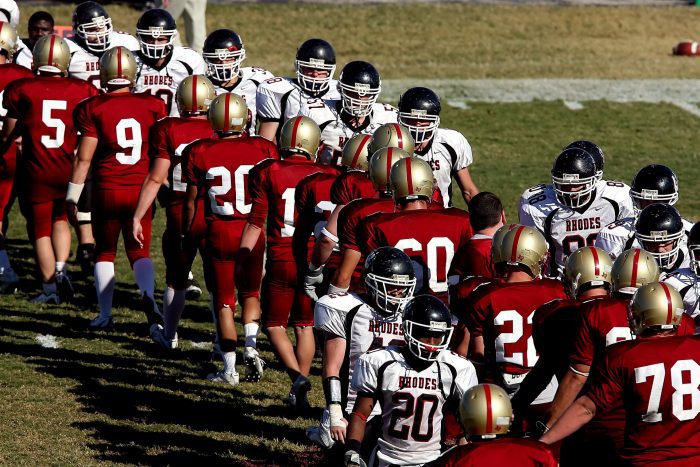By Leah S. Dunaief

In the middle of the last century, which is when I was growing up, no one I knew had ever heard of tofu. In fact, restaurants where we might have encountered tofu were few and limited to university campus neighborhoods like the sole Japanese restaurant near Columbia University on the City’s upper west side.
But of course, in addition to all the other revolutions in the intervening years, we have eateries offering unending ethnic foods. Dining out has become a gastronomic visit to every corner of the globe. And I, and my family, have discovered tofu.
I love tofu.
Now for a long while, tofu got a bad rap. Tofu is, of course, soy, and soy has relatively high levels of isoflavones, which are similar to the hormone estrogen. This hormone has been linked to cancer, and further there was the concern that soy might affect fertility and even cause men to develop feminine characteristics.
In fact, after many years of trials and study, soy has not only been declared safe but also to be of possible benefit to good heart and metabolic health. Tofu offers considerable protein and all nine essential amino acids, B vitamins, healthy unsaturated fatty acids and assorted minerals, including calcium, magnesium, zinc and iron. And according to a recent article in The New York Times, while isoflavones can “weakly mimic estrogens, they also seem to have anticancer, anti-inflammatory and antioxidant properties.”
Not only does soy seem not to promote breast cancer, studies have shown it may even lower such risk for women compared to those who ate little or no soy. It may even protect against prostate and lung cancers. Further studies have largely disproven any association of soy with diminished fertility or sperm count. And in a more than 30-year study of nearly 120,000 health care professionals in the United States, “those who consumed at least one serving of tofu or soy milk per week were 15 to 16% less likely to die than those who ate less than one serving per month.” There you have it, encouragement to eat tofu for our health.
What about taste?
Tofu is definitely more than a blob in a square package. It can be smoked, made into noodles, baked, shredded and flavored in unlimited ways. Tofu was invented some 2000 years ago in China and consumed throughout Asia. So now that 9% of United States households use tofu in multiple ways, we can helpfully categorize it as presented in three types: basic, chewy and intensely flavored. Like eggs and chicken, basic tofu’s flavor is neutral, which allows it to incorporate profitably any additional ingredients. It can serve in stir-fries or even crisped in an air fryer and presented with a dipping sauce, for example.
To prepare tofu, “high-protein food grade soybeans are soaked, made into soy milk and coagulated with a salt or edible organic acid or both. The resulting semisolid curds and clear whey are manipulated for different kinds of tofu,” according to The New York Times.”Texture is determined by whether and how the curds are pressed. Basic tofu options include silken, medium, medium-firm, firm, extra-firm and superfirm. Many dishes involve slicing, cubing and mashing tofu, but depending on its density, it can be scooped, crumbled and even grated.”
You may have to visit Chinese or Vietnamese markets to go beyond silken and firm. Pressed (baked) tofu, tofu sheets and fried tofu are all made with chewy tofu. They can look like pasta if cut up into thin strips for a salad. White and red fermented tofu are deeply flavored and sold in jars at Asian markets in the condiments section. They can be fragrant, rich from sesame oil or spicy from chile.
Tofu can be used in place of animal protein, as a substitute for ricotta in lasagna or mozzarella in a caprese, or as a replacement for high carbs. Since it is already cooked, tofu can go anywhere without fuss.
See why I like it?

